Staffing Trends 2023: Relationship Between Wages and Inflation
- Angela Novelli
- Apr 21, 2023
- 3 min read
Updated: Jan 30, 2024

Each year, new staffing trends emerge that businesses should be aware of. One important trend that has grown throughout the past year is the relationship between wages and inflation. As the population knows, costs of goods and services have been increasing since the pandemic. Last year, through the period ending in June, the consumer price index was at a high of 9.1 percent. We have since seen a decrease in this number, but it is still high enough that many individuals are hoping to start seeing wage increases to compete with the rising cost of living.
Inflation Outpaces Pay Increases
We have unfortunately seen for a while that wage increases for most workers’ wages are not keeping up with inflation. Costs of goods and services keep increasing, but the raise in workers’ salaries is lagging in comparison. Though the 40-year high consumer price index of 9.1 percent had decreased during the second half the year to 7.7 percent, average wage increases were only at 4.2 percent, as reported by SHRM. The cost of living is rising, and workers are left with challenges and decisions on how to be able to keep up with these consistently increasing prices. As of January, the consumer price index has decreased again to 6.4 percent, but wage increases are only predicted to rise to 4.6 percent, according to research firm WTW.
Businesses Make Changes
To keep up with the challenge of retaining employees, company leaders have had to make changes in their businesses to afford wage increases. As we have discussed in a previous blog post, layoffs have been popular especially amongst larger corporations. According to a survey conducted by WTW, 12 percent of organizations plan to restructure their companies and reduce staff in order to fund higher pay. In addition, 17 percent plan to increase the prices of their products or services, and 21 percent will limit benefits and perks to those that their employees value most. As we can see, many companies that wish to pay their employees more will in turn increase their own prices of their products, adding to the rising inflation. This cycle has been going on for some time, but it is predicted that this might begin to change this year.
Predictions for 2023
As stated previously, WTW predicts wage increases to rise to 4.6 percent during 2023 from 4.2 percent in 2022. This may not seem like a big increase, and this is because Federal Reserve officials are hoping that less of a wage increase will be able to control inflation. As reported by the New York Times, the Fed projects inflation to be between 3 and 4 percent by the end of this year accompanied by an increase in unemployment to 4.5 percent from 3.6 percent in February.
As businesses and workers continue to adapt and face the challenges of inflation and wage rates, they can expect the possibility of even bigger changes to come within the year. While predictions are not always entirely accurate, there is a large chance that we can expect a further decrease in inflation in 2023. However, whether or not workers’ pay increases can keep up with these numbers is uncertain. The workforce and job market today continues to provide different obstacles and risks for many individuals across all industries, and much unpredictability for what’s to come.
At Sedna Consulting Group, we work closely with our team of experienced recruiting professionals to identify the best career opportunities for individuals. With the uncertainty of salaries and inflation providing many challenges for workers, let us use our experience and expertise in the job market to help any possible candidate thrive in this environment. Send us a message on LinkedIn or Instagram or visit our contact page to get in touch!
Sources:





Comments